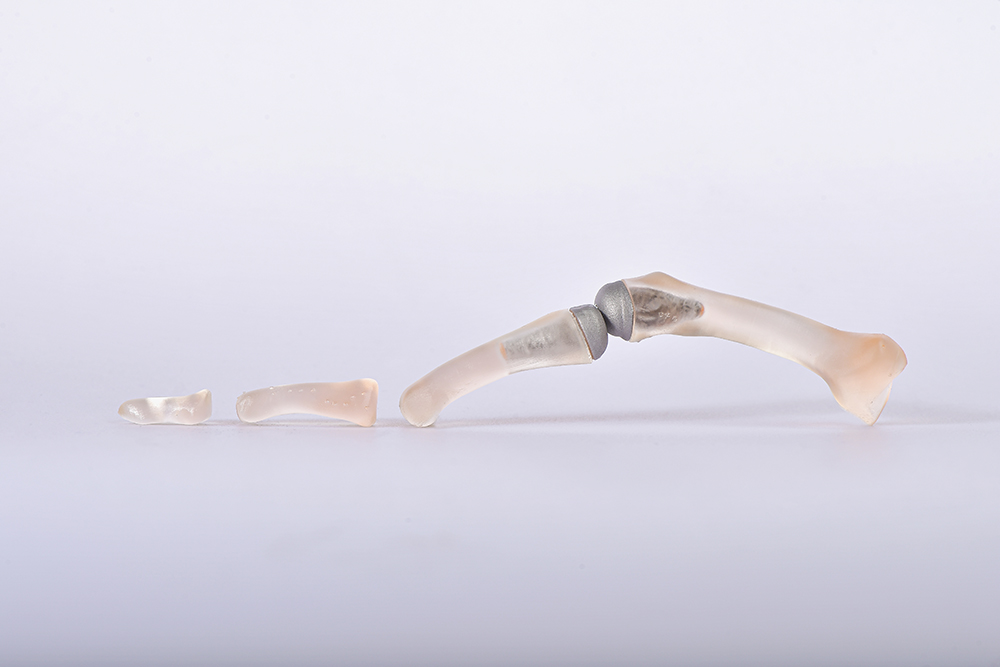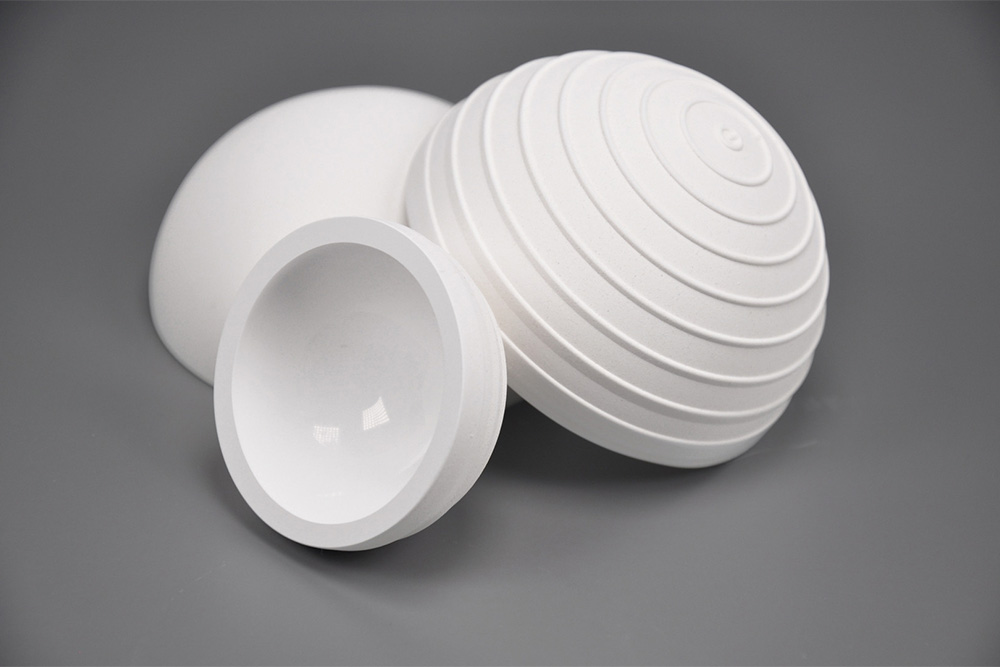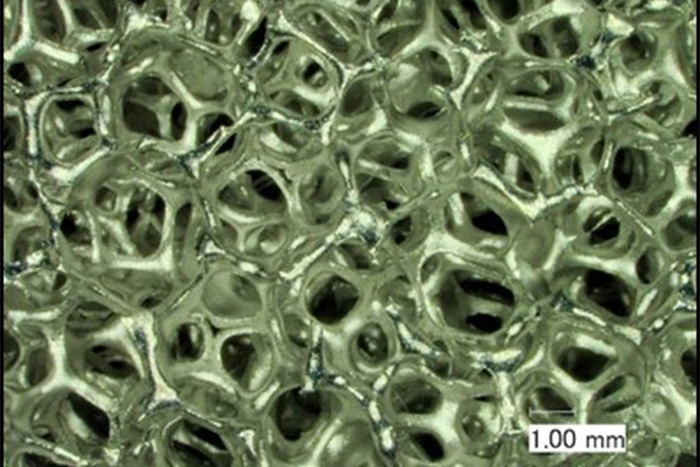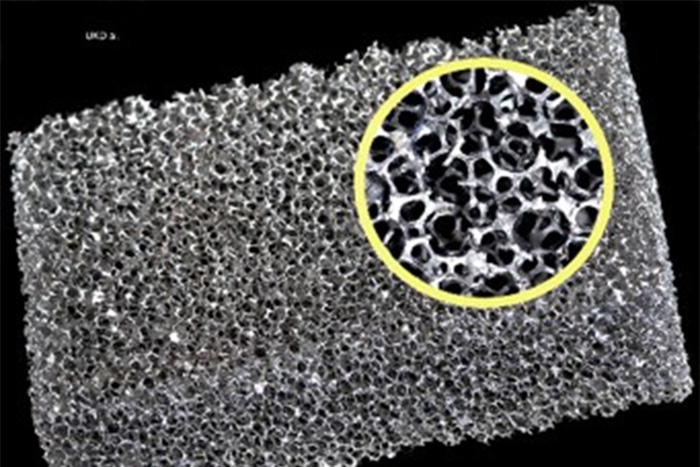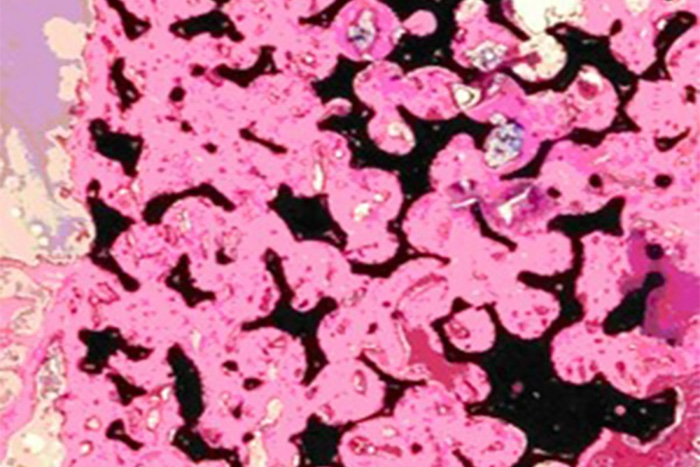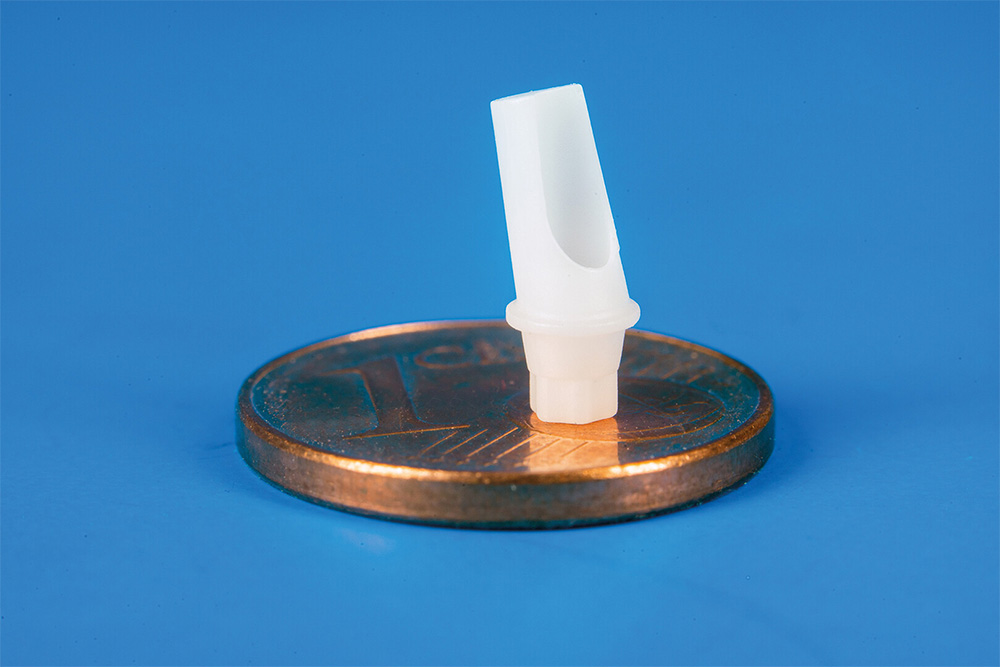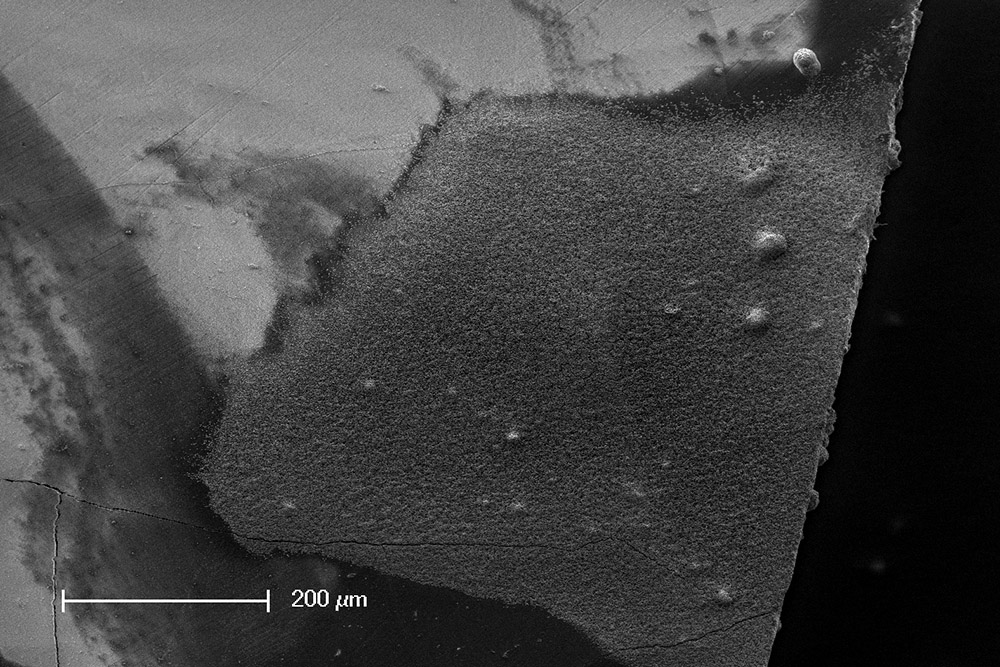Researchers at Fraunhofer IKTS develop novel material concepts and shaping technologies for oxide ceramic materials and silicon nitride for dental and orthopedic applications. All developments can be utilized through prototypes or targeted scaling up to industrial scale.
The basis of the developments is the in-depth understanding of microstructure-property relationships in the material systems Al2O3, ZrO2, ATZ, ZTA and Si3N4. From this, options for microstructure design (preparation parameters, doping, specific heat treatment, etc.) are derived with the aim of optimizing mechanical, physical, chemical and biological properties. In addition to the consideration of mechanical properties, the targeted design of the surface using additive or near-net-shape methods plays a central role in improving ingrowth behavior and cell adhesion. Cost-intensive post-processing is thus minimized.
In particular, the shaping processes of uniaxial pressing, (pressure) slip casting, ceramic injection molding and additive processes are the focus of technology development. This allows complete coverage of the spectrum from individual implants to mass production of standardized components. For example, individual and AI-generated finger joint implants were produced using slip casting and additive methods, and standardized abutments were produced using injection molding.

